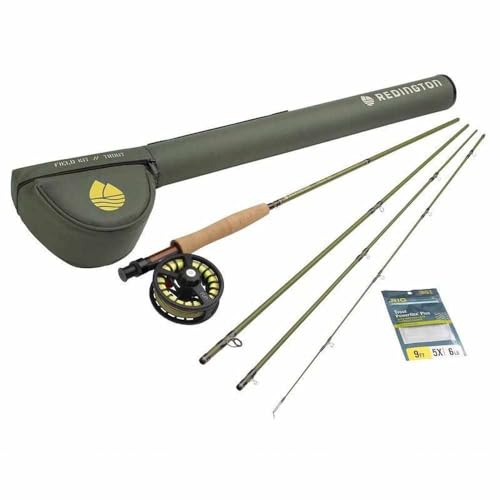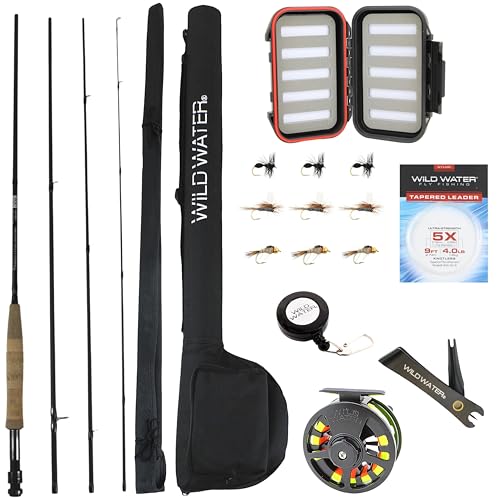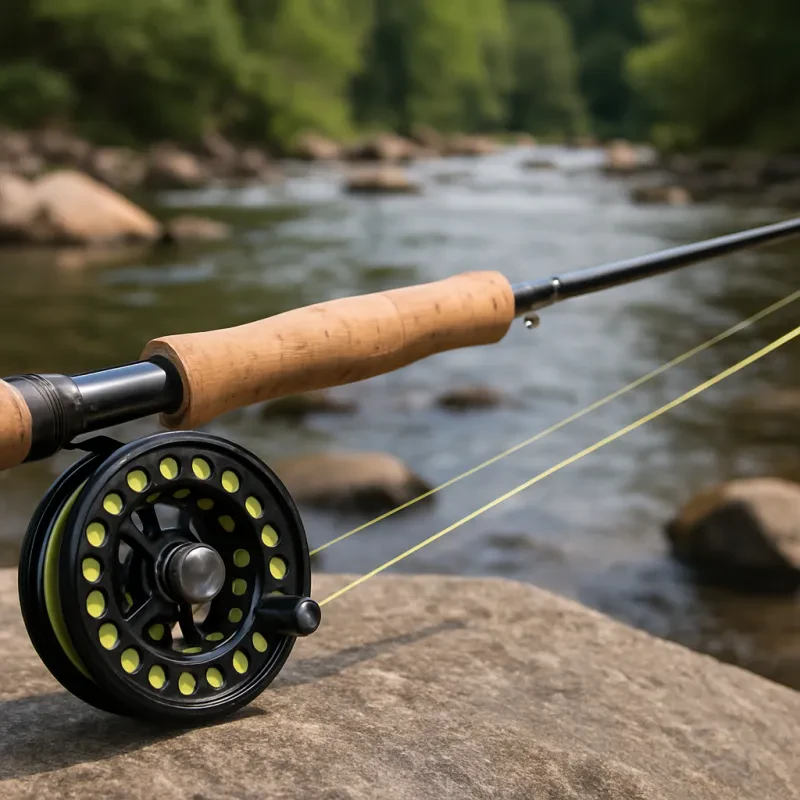Small Brook Trout Fishing in West Virginia
Brook trout, often hailed as West Virginia's state fish, is a native species that thrives in the pristine, cold streams of the Appalachian Mountains. Known scientifically as Salvelinus fontinalis, the brook trout is not just a symbol of pure water but also a favorite among anglers, especially those targeting the smaller size classes. Small brook trout, typically less vibrant but more vigorous, provide a unique challenge and joy to fishing enthusiasts. This article looks into the specifics of targeting small brook trout and highlights some of the best streams in West Virginia where anglers can enjoy this activity.
Characteristics of Small Brook Trout
Small brook trout usually measure between 6 to 9 inches, though they can occasionally reach sizes just over 12 inches. Their smaller size is often indicative of younger fish or those living in smaller streams and creeks where food resources are limited. These trout are recognized by their beautiful markings, including marbled patterns on their backs, white-edged fins, and distinctive red spots surrounded by blue halos. Despite their size, they are feisty and can offer a surprising fight, which makes them particularly appealing to fly fishers.
Their smaller size is often indicative of younger fish or those living in smaller streams and creeks where food resources are limited. These trout are recognized by their beautiful markings, including marbled patterns on their backs, white-edged fins, and distinctive red spots surrounded by blue halos. Despite their size, they are feisty and can offer a surprising fight, which makes them particularly appealing to fly fishers. Small brook trout typically have a diet consisting of aquatic insects such as mayflies, caddisflies, stoneflies, and midges. They also feed on small crustaceans like freshwater shrimp and various types of larvae found in the stream substrate.
In addition to their physical characteristics and feeding habits, small brook trout play a crucial role in maintaining healthy stream ecosystems. As sensitive indicator species, these trout can provide valuable information about water quality and habitat conditions. Protecting their populations is essential for preserving the overall health of freshwater environments.
Habitat and Behavior
Small brook trout prefer cold, clear, well-oxygenated water and are typically found in the headwaters of streams and small creeks. They are highly sensitive to changes in water quality and temperature, which makes them excellent indicators of ecological health. These fish are primarily carnivorous, feeding on insects, small crustaceans, and other invertebrates.
Fishing Techniques
Fishing for small brook trout requires a bit of finesse and patience. Lightweight tackle is generally recommended—small rods and reels, with light line, to make the experience challenging yet enjoyable. Fly fishing is particularly effective, as it allows for precise placement of small flies to mimic the insects that small brook trout feed on. Popular flies include dry flies like the Adams and Elk Hair Caddis, and nymphs such as the Pheasant Tail and Hare’s Ear.
When fishing for small brook trout, it is important to approach the water stealthily and cast accurately to avoid spooking the fish. Look for areas with cover such as fallen logs, overhanging vegetation, and deeper pools where the trout may be hiding. Small brook trout are known for their beautiful colors, with vibrant reds, oranges, and yellows on their sides. Catching these colorful fish can be a rewarding experience for any angler.
Remember to handle small brook trout carefully when caught, as they are delicate creatures that should be released unharmed whenever possible. Practice catch-and-release fishing to help preserve the population of these prized game fish in rivers and streams across North America. Enjoy your time spent in nature while targeting small brook trout and appreciate the beauty of these native species in their natural habitat.
Top Streams for Small Brook Trout in West Virginia
West Virginia is home to numerous streams renowned for their small brook trout populations. Here’s a list of top streams that offer excellent opportunities:
- Seneca Creek - Located in Pendleton County, Seneca Creek is noted for its scenic beauty and healthy brook trout population. The remote setting provides a serene fishing experience.
- Cranberry River - A part of the Cranberry Wilderness in the Monongahela National Forest, the Cranberry River is accessible via a number of trails, offering a wilderness experience alongside plentiful small brook trout fishing spots.
- Williams River - Also flowing through the Monongahela National Forest, the Williams River is known for its excellent brook trout fishing, with numerous access points along its course.
- Shavers Fork of the Cheat River - This high-elevation stream offers cooler temperatures ideal for small brook trout. Its upper reaches, accessible from various forest service roads, are less traveled and provide a good population of fish.
- Glady Fork - A tributary of the Dry Fork in Randolph County, Glady Fork features excellent small brook trout fishing in a relatively secluded setting.
- Gandy Creek - Renowned for its wild brook trout, Gandy Creek in Randolph County offers a challenging fishing experience due to its rugged terrain and crystal-clear waters.
Conservation Efforts
The pursuit of small brook trout in West Virginia also brings attention to the importance of conservation efforts. Many streams are subject to regulations that promote catch-and-release practices, aiming to maintain healthy populations and ensure future generations can also enjoy fishing these beautiful fish.
Conserving the habitat of small brook trout is crucial for their survival. Watershed restoration projects, streamside buffer protections, and efforts to reduce pollution all play a vital role in preserving these fish populations. By supporting conservation initiatives and practicing responsible fishing techniques, anglers can help protect the delicate ecosystems that sustain small brook trout in West Virginia. Ultimately, by working together to safeguard this species and its habitats, we can ensure that they continue to thrive for years to come.
Fishing for small brook trout in West Virginia not only satisfies the angler’s quest for a challenging sport but also connects them with the untouched natural beauty of the region’s landscapes. Whether you are a seasoned fly fisherman or a novice angler, the streams of West Virginia offer some of the best opportunities for pursuing these magnificent fish. Remember to respect the delicate ecosystems these fish inhabit and always practice sustainable fishing techniques. Tight Lines!







